Furniture Made from Laminated Bamboo Plywood
Jan 5, 2026, 15:30 PM
In today’s world, sustainability is not just a buzzword but a lifestyle. From the food we consume to the products we use, people are increasingly becoming aware of their environmental impact. One industry where this shift is gaining significant traction is furniture design. Among the sustainable materials growing in popularity is laminated bamboo plywood. This versatile, eco-friendly material is quickly becoming a favorite for furniture enthusiasts and designers alike. But what makes bamboo plywood so special? How does it differ from traditional wood, and why should you consider it for your next furniture purchase?
What is Laminated Bamboo Plywood?
Laminated bamboo plywood is a material made by gluing together thin layers (plies) of bamboo strips in alternating grain directions. This cross-lamination technique is similar to how traditional plywood is made, but the key difference is the material used — bamboo rather than timber from trees. The result is a highly durable, lightweight, and flexible plywood sheet that can be used for various applications, including furniture.
Bamboo is technically a grass, not a tree, which grows extremely fast — some species grow up to 3 feet (about 91 cm) per day! This rapid growth makes bamboo a highly renewable resource. When processed into laminated plywood, bamboo’s natural strength and flexibility are enhanced, making it an outstanding alternative to traditional hardwoods.
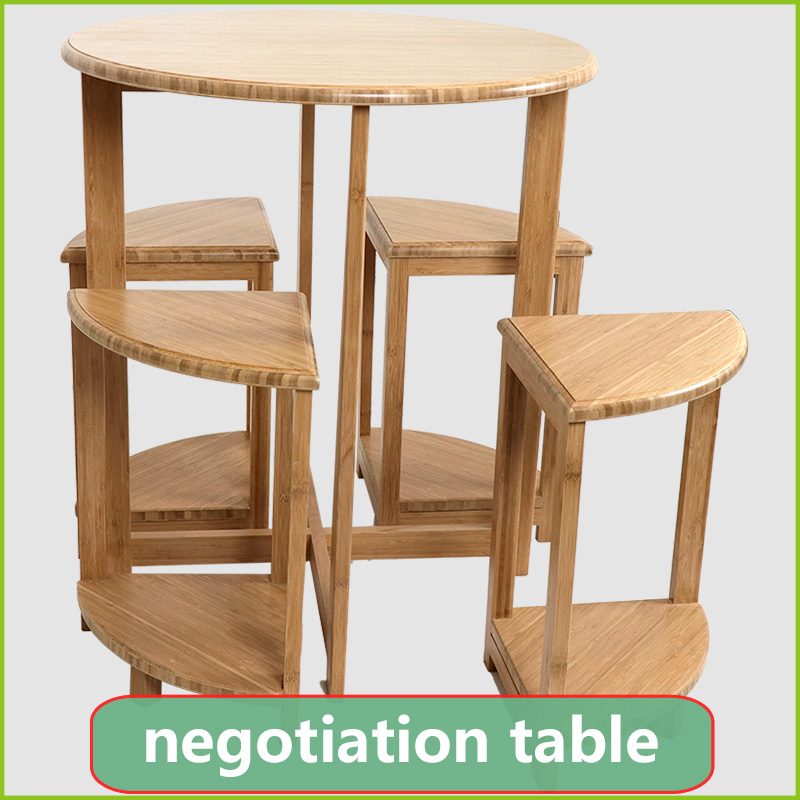
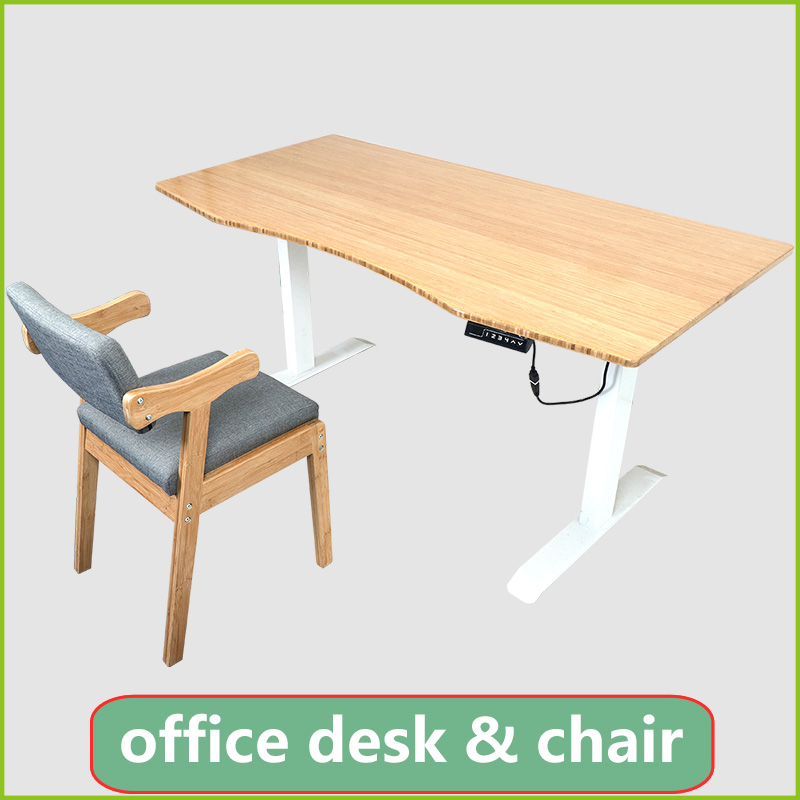

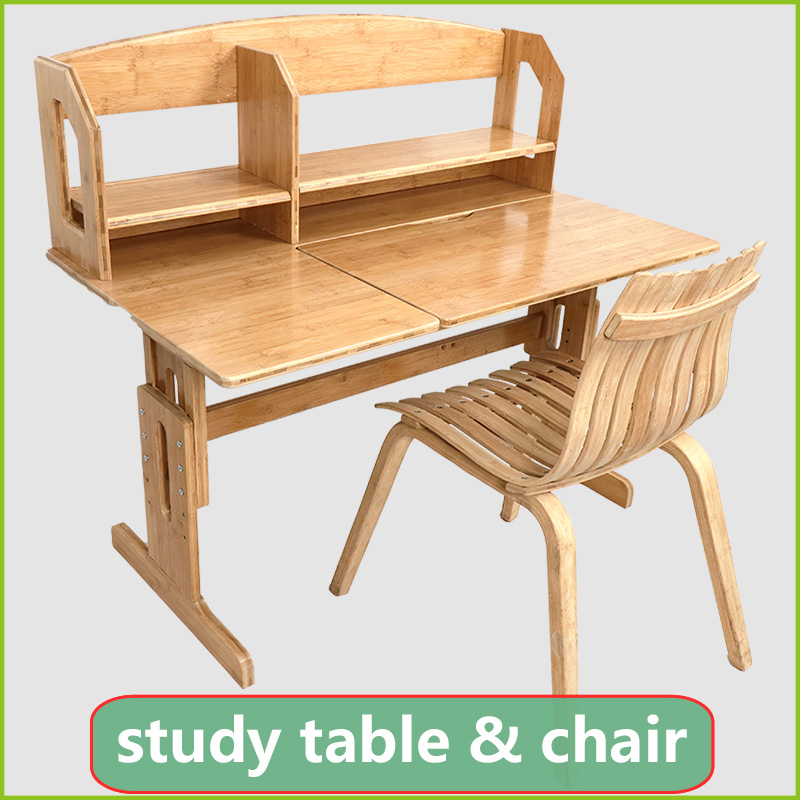
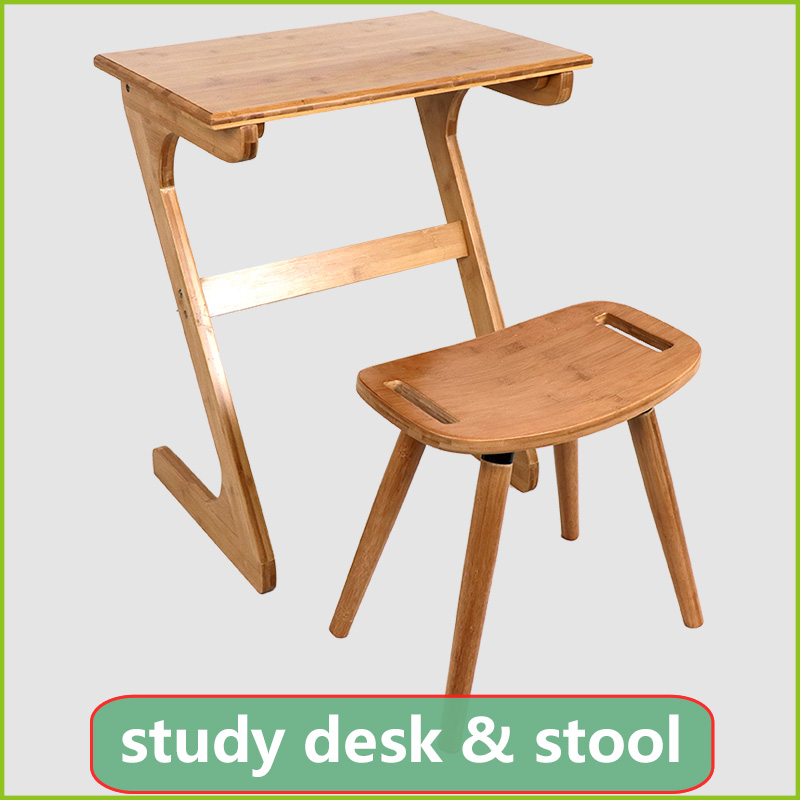








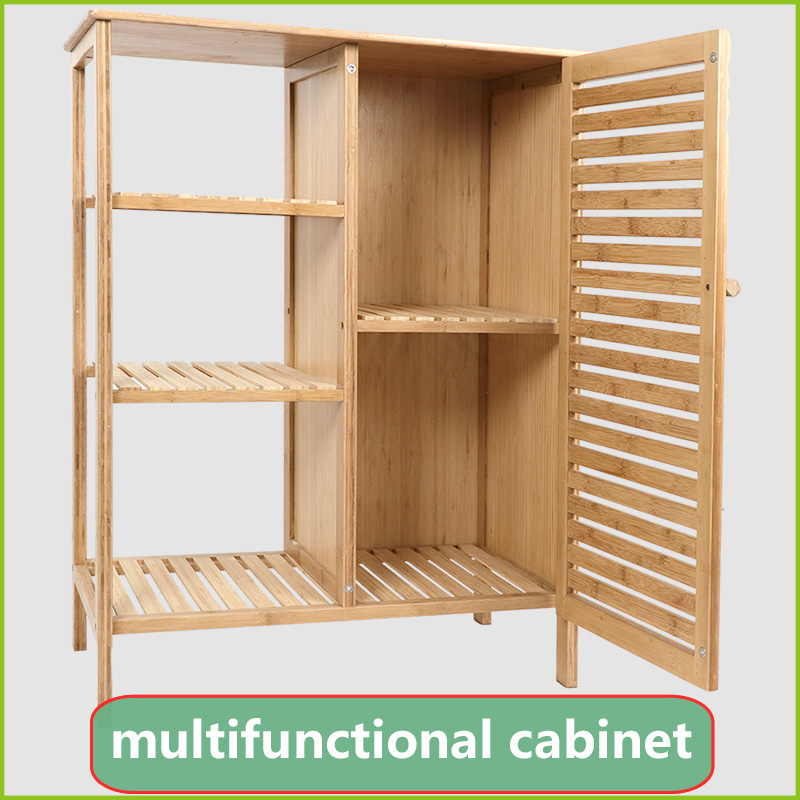



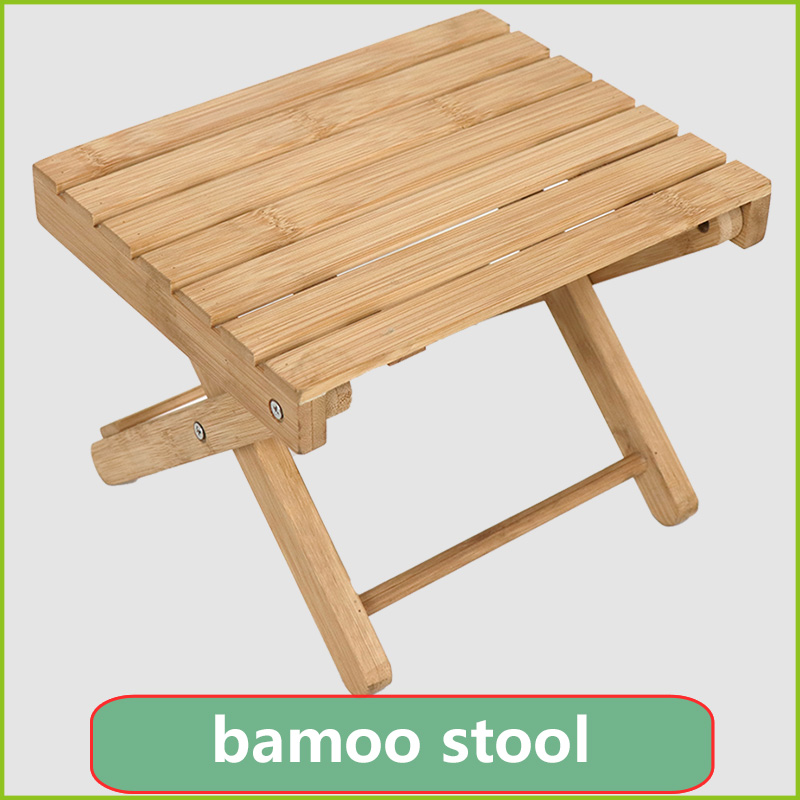
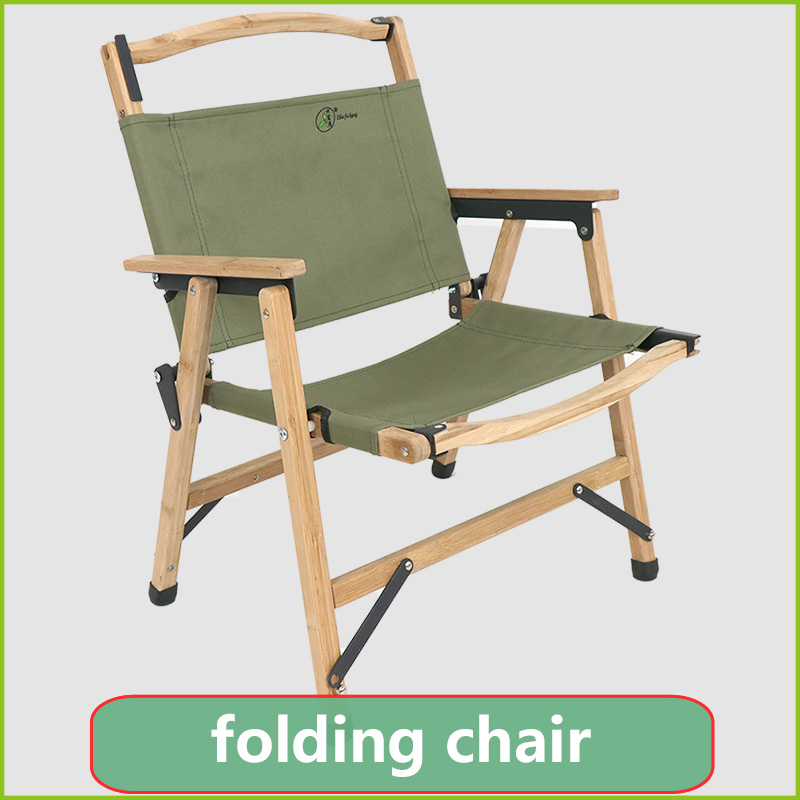

The Environmental Benefits of Bamboo Plywood
1. Renewability and Fast Growth
One of the primary reasons bamboo is lauded as an eco-friendly material is its rapid growth rate. While hardwood trees can take decades, sometimes even centuries, to mature, bamboo can be harvested in as little as 3 to 5 years. This short growth cycle means that bamboo can be cultivated and replenished much faster than traditional timber sources.
In addition, bamboo does not need to be replanted after harvesting. Its extensive root system allows new shoots to grow continuously from the same plant. This regenerative characteristic minimizes the need for human intervention and reduces soil erosion, making bamboo an ideal resource for sustainable forestry.
2. Carbon Sequestration
Bamboo not only grows quickly, but it also plays a significant role in absorbing carbon dioxide from the atmosphere. Studies suggest that bamboo forests can sequester more carbon than most traditional timber forests, making them excellent tools in the fight against climate change. By choosing furniture made from laminated bamboo plywood, consumers are indirectly contributing to reducing their carbon footprint.
3. Minimal Use of Chemicals and Water
Compared to traditional timber harvesting, bamboo cultivation requires fewer pesticides and fertilizers. Bamboo is naturally resistant to pests, which means chemical interventions are minimal. Additionally, bamboo consumes less water than many tree species, further reducing its environmental impact.
The Aesthetic Appeal of Bamboo Furniture
Bamboo plywood offers a unique aesthetic that is both modern and timeless. Its natural grain pattern is subtle yet elegant, making it a versatile choice for contemporary and minimalist furniture designs.
1. Natural Beauty and Grain
One of the standout features of laminated bamboo plywood is its strikingly fine and consistent grain. The material can be left in its natural blonde color for a light, airy look, or it can be carbonized through heat treatment to achieve a darker, richer tone. Whether you're looking for a sleek, modern vibe or a warm, rustic feel, bamboo plywood offers a variety of finishes that can complement any interior design scheme.
2. Smooth Texture and Finish
Bamboo plywood takes well to sanding and finishing, allowing for a smooth, polished surface that’s perfect for furniture. Whether it's a coffee table, shelving unit, or dining set, bamboo plywood furniture can be finished with oils, lacquers, or stains for a high-quality, professional look.
Durability and Strength
1. Strength Comparable to Hardwood
Despite being a type of grass, bamboo is incredibly strong. When processed into laminated plywood, bamboo becomes even more durable, often surpassing the tensile strength of traditional hardwoods like oak or maple. This strength makes bamboo plywood an excellent choice for furniture that needs to withstand daily wear and tear, such as dining tables, bed frames, and chairs.
2. Resistant to Warping and Cracking
Traditional wood furniture is prone to warping, cracking, or splitting when exposed to changes in humidity or temperature. However, bamboo plywood is more dimensionally stable due to its cross-laminated structure. This makes it less likely to warp or crack, even in environments with fluctuating moisture levels. As a result, laminated bamboo plywood furniture is exceptionally durable and long-lasting.
3. Lightweight and Easy to Work With
In addition to its strength, bamboo plywood is relatively lightweight compared to traditional hardwood. This makes it easier to transport and move, a significant advantage for both manufacturers and consumers. Its lightweight nature also makes bamboo plywood an excellent choice for furniture that needs to be mobile, such as modular shelving systems or portable tables.
Versatility in Design
Bamboo plywood is an incredibly versatile material, lending itself to a wide range of furniture designs. Its flexibility allows it to be molded into various shapes, making it ideal for both simple and complex designs.
1. Customizable for Modern and Traditional Styles
Whether you're looking for sleek, minimalist pieces or more intricate, traditional designs, bamboo plywood can be customized to meet your aesthetic preferences. It’s an excellent material for creating clean, modern lines in contemporary furniture, but it can also be used to craft more ornate and decorative pieces.
2. Multi-Functional and Space-Saving
Given its versatility and strength, bamboo plywood is often used to create multi-functional furniture that maximizes space. Think foldable desks, modular shelving, or convertible coffee tables that double as storage units. The material’s lightness and flexibility make it ideal for creating innovative, space-saving designs that are perfect for small apartments or homes.
Sustainable Furniture for a Better Future
As consumers become more conscious of their environmental footprint, the demand for sustainable, eco-friendly materials continues to grow — and laminated bamboo plywood is at the forefront of this movement. Its combination of strength, aesthetic appeal, environmental benefits, and versatility makes it an excellent choice for furniture. Whether you’re furnishing a minimalist modern home or a cozy rustic space, bamboo plywood offers a sustainable, stylish, and durable solution.
The manufacturing process for laminated bamboo plywood is a fascinating blend of traditional woodworking techniques and modern sustainable practices. This process transforms bamboo, a fast-growing grass, into a durable, attractive, and versatile material that is ideal for furniture and other design applications. After the laminated bamboo plywood sheets are formed, they are cut into the desired sizes and shapes for furniture-making. The sheets are processed using specialized saws and CNC (computer numerical control) machines to ensure precision and consistency in the final product.
Once the pieces are cut, they undergo sanding to achieve a smooth, even surface. Bamboo plywood sands well, and this step is essential for preparing the surface for finishing.
Importance of Cutting and Sanding:
- Precision: CNC machines allow for highly precise cuts, ensuring that each piece fits together perfectly in the assembly process.
- Smooth finish: Sanding prepares the bamboo plywood for painting, staining, or other finishing processes, ensuring a professional, polished look.
Finishing
The final step in the manufacturing process is the finishing of the bamboo plywood. Depending on the design and aesthetic goals, the furniture might be:
- Stained: To enhance or change the natural color of the bamboo.
- Oiled: To protect the bamboo and bring out its natural grain.
- Lacquered or Varnished: For added protection against scratches, moisture, and wear.
Bamboo plywood takes finishes very well, and a variety of treatments can be applied to achieve different looks and levels of durability.
Common Finishes for Bamboo Plywood Furniture:
- Natural oils or waxes: Provide a more organic finish while enhancing the natural beauty of the bamboo grain.
- Clear lacquers: Offer a glossy or satin sheen while protecting the surface from everyday wear and tear.
- Eco-friendly finishes: Many manufacturers use low-VOC or water-based finishes to maintain the sustainability of the product.
Assembly
Once the bamboo plywood pieces are cut, sanded, and finished, they are ready for assembly into furniture. Depending on the design, the assembly process may involve joining the pieces using traditional woodworking techniques such as dowel joints, screws, or adhesives. Bamboo plywood can be used to create a wide range of furniture, from tables and chairs to shelving units and cabinetry.
Assembly Techniques:
- Joinery: Bamboo plywood can be joined using standard woodworking joints (e.g., mortise and tenon, dovetail) to create sturdy furniture.
- Fasteners: Screws, nails, or specialized fasteners may be used to hold pieces together in more complex designs.
- Glues: Non-toxic, eco-friendly glues are often used to assemble bamboo furniture, ensuring that the final product remains as environmentally friendly as possible.
By choosing furniture made from laminated bamboo plywood, not only are you investing in high-quality, long-lasting pieces, but you're also making a choice that benefits the planet. Sustainable furniture is more than just a trend — it’s an investment in the future. So, the next time you’re in the market for new furniture, consider bamboo plywood. It’s more than just a material — it’s a statement of style, sustainability, and forward-thinking design.
Furniture made from laminated bamboo plywood is redefining what it means to be eco-friendly without compromising on style or durability. Its rapid renewability, carbon-sequestering properties, and minimal environmental impact make it a superior alternative to traditional wood furniture. Plus, its natural beauty, strength, and versatility in design make it a favorite among designers and homeowners alike. With bamboo plywood, you don't have to choose between sustainability and elegance — you can have both.


 皖公网安备 34180202000049号
皖公网安备 34180202000049号